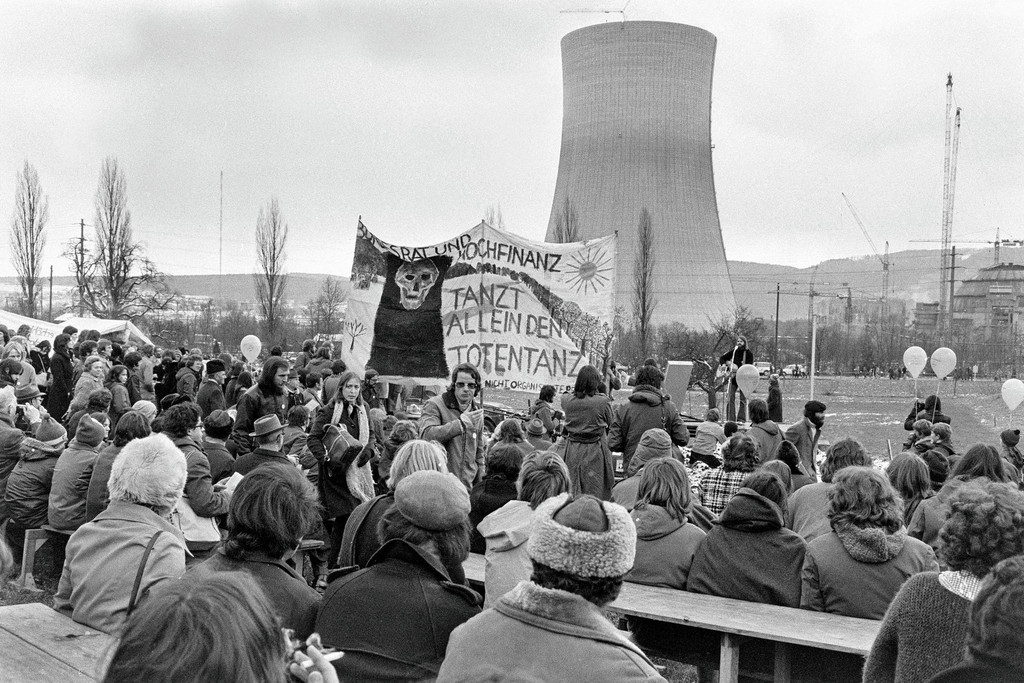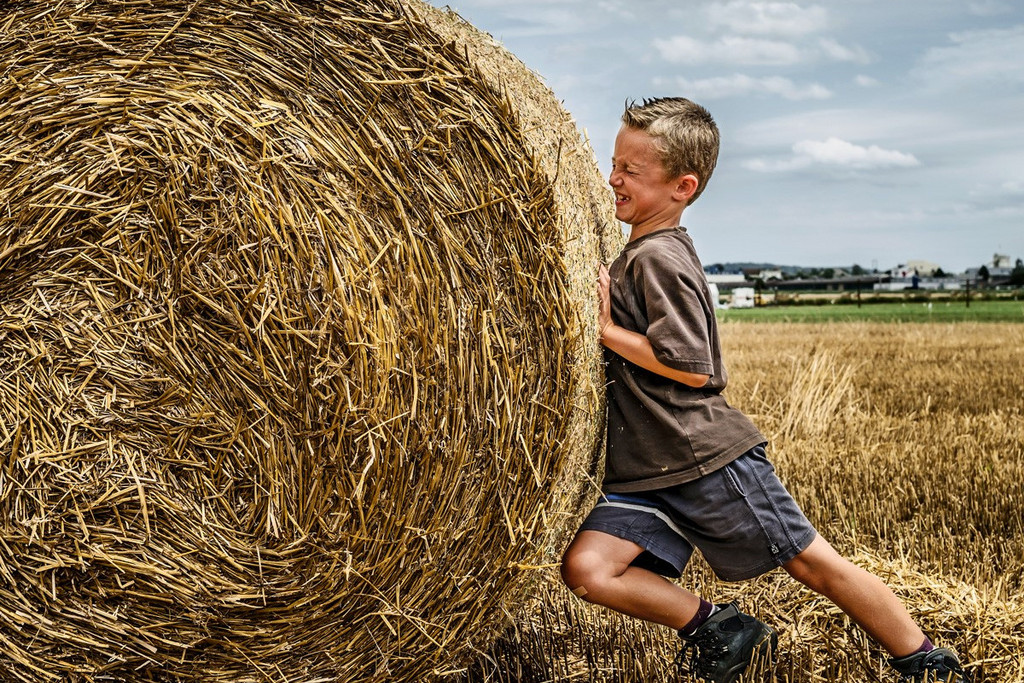
Cliff edge

The day the snow returned

Direct democracy

Cycling through Jura

We, the farmers
![[Translate to English:]](/fileadmin/_processed_/8/4/csm_Kleingeld_SchweizEditorial_c0808c834c.jpg)
The cost of living on an island of prosperity

The return of emergency stockpiling

La pitschna Svizra è in pajais pluriling , in pajais cun gist quatter linguas naziunalas uffizialas: Quai accentuain nus adina puspè gugent. Nus descrivain quest fatg sco insatge prezius è spezial. Mo apunta, i dependa.
Pajais na discurran betg. Ils umans sun quels che discurran – en ina lingua u apunta en pliras linguas. Igl è dimena decisiv sch`ins viva en in pajais pluriling cun umans plurilings ensemen ubain sche gruppas d´ina suletta lingua vivan ina sper l´autra. Tar l´emprim cas stat diversitad linguistica per ritgezza e multifariadad, tar l´auter cas plitost per foss e cunfins. Nua stan las Svizras ed ils Svizzers dimena en chaussa plurilinguitad? Be fitg paucs èn famigliarisads cun tut las quatter linguas svizras. Tuttina n´è la plurilinguitad betg be in mitus. La nova enquista da l´uffizi federal da statistica demussa: La plurilinguitad da la populaziun svizra permanenta s´augmenta cuntinuant. Actualmain duvran 68 da 100 persunas regularmain duas, trais, quatter u dapli linguas en lur mintgadi. 68 pertschient vivan propi pluriling: Precis quai è la valur a la quala ins avess da mesirar la plurilinguitad d´in pajais.
Perhaps you speak each of Switzerland’s four national languages. Or perhaps you don’t. Or maybe your Romansh is a bit rusty. Whatever the case, the passage above speaks of the linguistic diversity that we Swiss naturally like to think of as something quite precious. Although it depends on how you look at it. After all, countries don’t speak – people speak. In a single language, or even in several. The decisive factor in a multilingual country is whether multilingual people engage with each other – or whether respective language communities keep to themselves. In the first case, language diversity is a valuable cultural asset. In the latter, it is a source of division.
What about people in Switzerland? Very few of us speak all four national languages. Nevertheless, new surveys show that multilingualism is no myth. Switzerland’s permanent resident population is becoming more polyglot, with 68 per cent currently saying that they use two, three, four or more languages on an everyday basis. In other words, 68 per cent live multilingual lives – a figure that gauges our true flair for languages. This edition’s Focus article examines what this means in practice.

Perhaps another thing to consider is that language diversity boils down to more than just linguistic aptitude – it is also a frame of mind and a reflection of our willingness to understand other people.
Comments